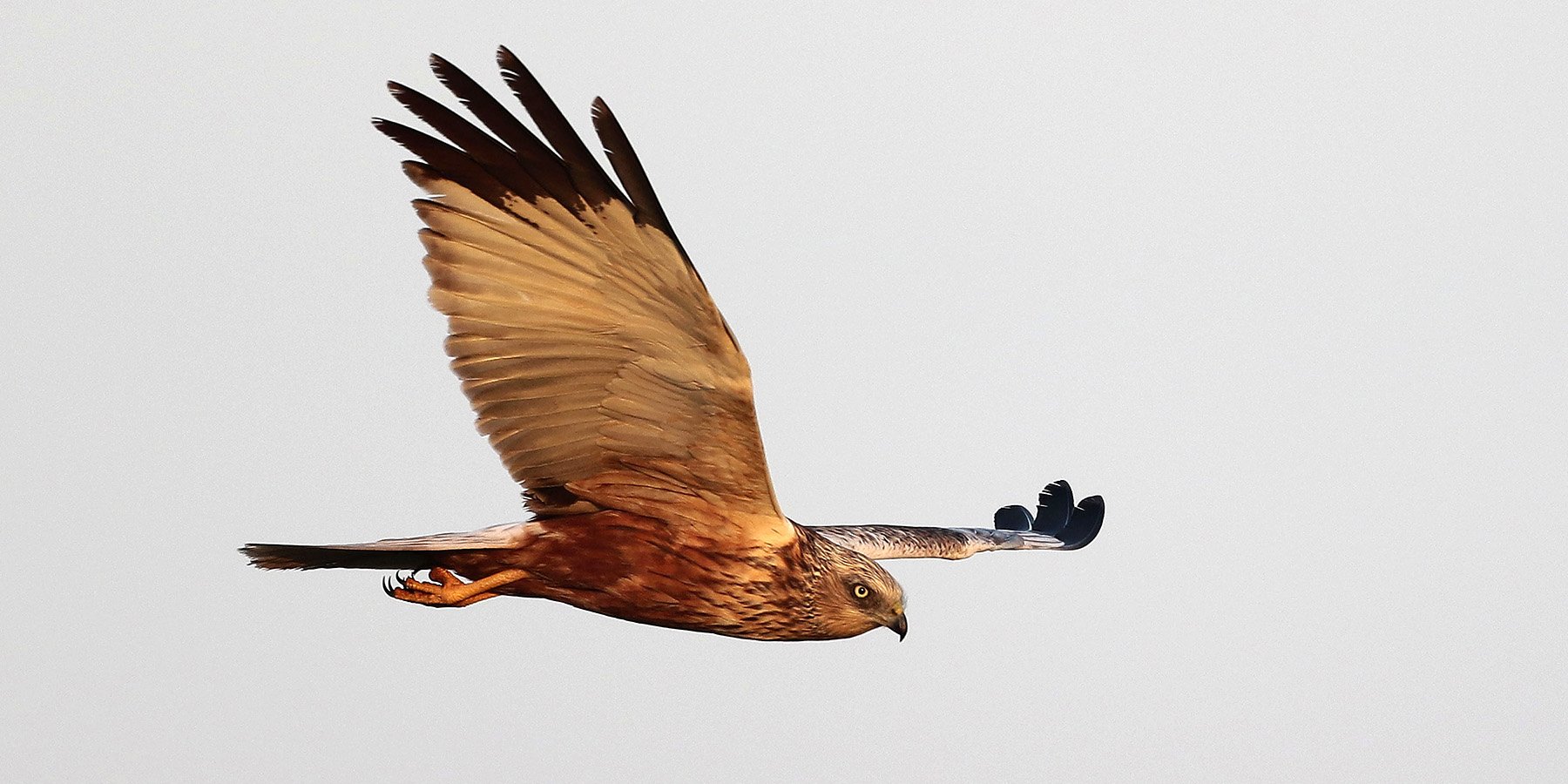Putcher fishing is a traditional method for catching salmon, and other fish, that dates back to at least medieval times, and may be much older.
The technique uses a number of conical woven willow baskets, called ‘putchers’, set in a fixed wooden frame, called a ‘rank’. The rank consists of a parallel series of tall wooden stakes, usually oak, larch or elm, positioned across the tidal flow of the estuary. Putcher baskets were fixed to the stakes in several layers. A single rank could hold several hundred putchers; the rank at Porton held 600 baskets.
Ranks would be positioned to catch fish on the incoming ‘flood’ tide or outgoing ‘ebb’ tide. Salmon swam into the baskets and, unable to turn around, would become trapped. As the tide ebbed, fishermen would collect the trapped fish, which would then be packed in ice or smoked ready for transport. The fishing season ran from 15th April to 15th August (later reduced to 15th June).
Putcher ranks were once a common sight along the Levels’ coastline, with fisheries at Undy, Redwick and Porton. The fishery at Goldcliff was one of the largest and oldest; it was in operation at the time of the medieval priory and would have been a major source of income for the monks. Following the Dissolution of the Monasteries, the fishery passed to Eton College, who retained ownership until the 20th century; fish from Goldcliff were served for breakfast to scholars at the college. By the 1920s, the three ranks at Goldcliff contained around 2400 baskets.
Putcher fishing declined during the latter part of the 20th century as salmon stocks dwindled and strict quotas were brought in to control catches. The fishery at Goldcliff was one of the last to cease operation in 1995.
Medieval fish traps at Black Rock (Courtesy of Black Rock Lave Net Fishermen)
Trapping fish is one of the oldest known forms of fishing; the remains of ancient fish traps, dating from around 4000 BCE, have been found in the mud at Goldcliff and other places along the Severn Estuary coastline. Many medieval fish traps, dating from the 12th to 14th centuries, have been found by the lave net fishermen at Black Rock; the woven baskets are often perfectly preserved in the fine estuary silt.
Although putcher fishing is no longer carried out in the Severn Estuary, you can still see the remains of putcher ranks at several points along the coastline.
Remains of putcher rank at Goldcliff, visible at low tide.











![Wesleyan Methodist chapel Castleton (Penny Gregson)[2].jpg](https://images.squarespace-cdn.com/content/v1/5a1d5fb38a02c70db7c34f81/fe4960cd-db68-469d-8411-f5e21327e383/Wesleyan+Methodist+chapel+Castleton+%28Penny+Gregson%29%5B2%5D.jpg)



